In recent years, with the emergence of new technologies and a demand for more mobility in work for the individual, there arose a need for quick and effective networking solutions. The green Ethernet cable is one device that can be referred to as attractive because a high-speed operation is guaranteed without harming the ecosystem. This in-depth analysis elucidates the basic operation of the green Ethernet cables and their relevance in the economics of networking. Considering the construction, joint types, and use of these cables, we address the relevant issues related to healthy and environmentally friendly connectivity. When setting up a home network or managing even enterprise-level network infrastructures, it is extremely beneficial to comprehend the advantages and disadvantages of green Ethernet technology in order to improve one’s networking experience.
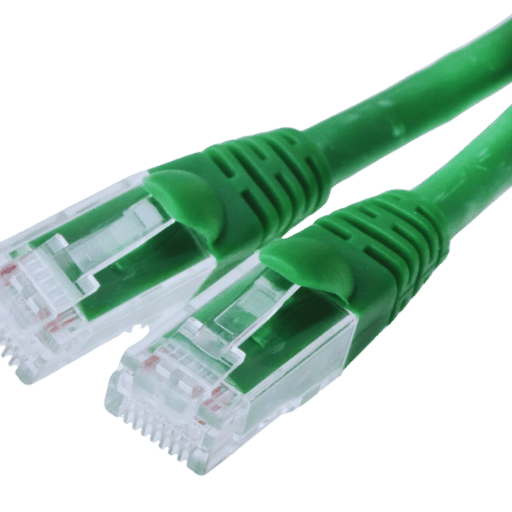
Ethernet cables are generally classified into different categories depending on the utility and capabilities of such cables. The most common varieties include:
Each type is suited to different networking requirements and environments, with later categories generally above the previous ones, having less interference and better performance.
When we come across Cat5e and Cat6 Ethernet cables, some technical differences between the products are worth noting as they affect performance, construction, as well as optimal applications. A step up from the Category 5 is Category 5e, which allows data transfer of up to one gigabit per second (Gbps) & has a bandwidth of 100 MHz. It focuses on minimizing crosstalk principally through better shielding and twisted pair configuration, which, however, is sufficient for most basic home and office networks.
On the other hand, Cat6 cables are built for higher performance standards with speeds of data reaching up to 10 Gigabits per second on distances of maximum 55 meters of bandwidth 250 MHz. This enhancement has been made possible because one tends to use greater effective shielding efficiency and coaxial f/c really employs inner reinforcement including a thicker wire and an inner separator to further eliminate signal interference. Less physical wear may be a reason all these devices still seem to work when it comes to terminator cables Cat6 and cable socketing.
With these advancements in technologies, Cat6 became improved networks for managing better throughput and lower delays making it possible to transfer more data with more resilience to noise. For these reasons, even though Giga bit Ethernet supported networks utilize both Cat5e and Cat6 indiscriminately, Cat6 is ideally suited for operation in severe environments and high-performance networks that handle more complex multi-media data.
Form of shading Twisted Pair Cables (STPC) form of Unshielded Twisted Pairs (UTPCs) spotlight on their design as well as the sole protection provided against electromagnetic interference respectively. To protect against EMIs greater than ordinary shielded wires, [FIG. The precious asset from external damage is through the outlet of these metal shields on twisted pairs of wires. This shielding is very useful when there are hostile environments with a lot of electromagnetic interference. Unlike that, UTPs are lightweight and easy to handle without this extra cover, but they are prone to interference. In normal circumstances, UTP wires are also twisted together to prevent cross talk and do not cause serious problems since it is sufficient for home and office networking where EMI is not a problem.
Shielded Ethernet cables ought to be taken into consideration for those areas in which there is a large electromagnetic interference (EMI), such as industrial plants, data centers, and many other electrical devices in proximity to one another. They are more effective in guarding against external interference and echo effects, thus stabilizing the transmission of data. The use of shielded wires is necessary, especially where it is imperative to retain a high level of performance in the network, as these wires reduce the chances of loss of signal and errors in data transmission. However, while they do perform better than the unshielded types and are preferred in protecting the user and sensitive circuits even during harsh EMI conditions, they are usually more expensive than and can be less flexible than unshielded types.
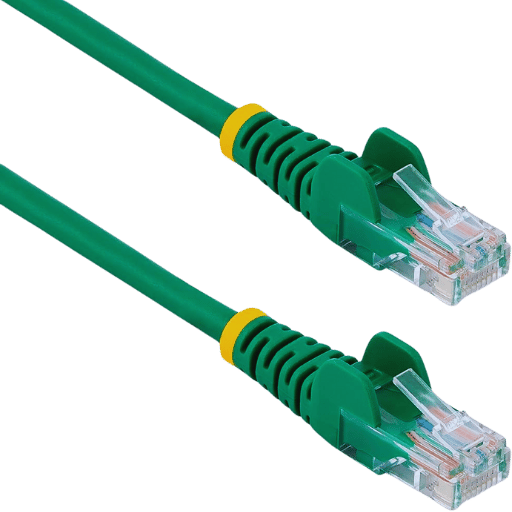
Because of their transmission effectiveness and reasonable cost as compared to other cables, copper Ethernet cables are most widely used in deployment and networking. In the case of copper Ethernet cables, material composition along with construction design features such as gauge of copper wire and cable frequency rating predominantly influence the quality of the signal transmitted. Copper cables with higher categories, like the Cat6 or Cat6a, will reduce crosstalk and, therefore, enhance the integrity of the transmitted signal due to better insulating materials and improved pair twisting.
Ethernet over copper cabling can enhance the data rates to as high as 10 Gbps with higher performance over shorter runs which makes these cables adequate for almost all applications within homes and offices. In addition, new features of copper cables include thick insulation and accurate geometry, which provides more opportunities to counter the problems of electromagnetic interference (EMI) or any other issues that may cause signal loss. Continuity to these enhancements despite the constraints towards stress to particular bending radius angles needs to be adhered to in order to fully appreciate the quality levels that copper Ethernet cables depict.
The Cat6 patch cables have been proven to outperform the earlier patch cables in many aspects, especially if speed and dependability are concerned.
These merits highlight the importance of deploying Cat6 patch cables at home and in the enterprise.n networking so that the network performance can be optimized and the future demands of high speed networks are met.
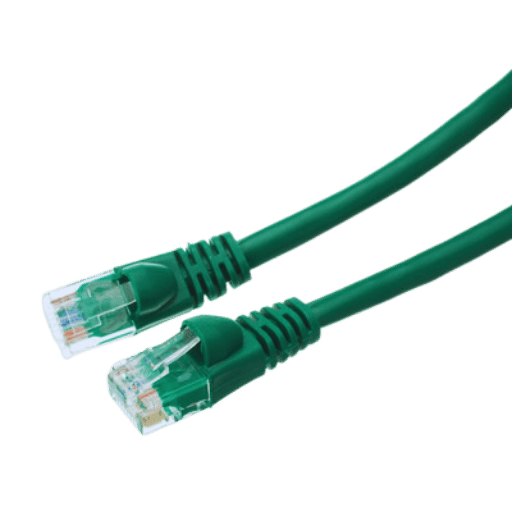
When evaluating the speed differences between Cat5e and Cat6 ethernet cables, it is essential to consider both their rated maximum speeds and their performance in real-world applications. Cat5e cables, an enhancement over the older Cat5 standard, support data transfer speeds up to 1 Gbps over distances up to 100 meters. They achieve this by utilizing improved construction techniques that reduce crosstalk and improve signal integrity compared to Cat5 cables.
Cat6 cables, on the contrary, are also built to accommodate higher data rates. Still, unlike Cat5 and Cat5e, they employ PTTs within the cables to minimize crosstalk, and the internal cables within the insulator allow up to 10Gbps, unlike the cat5 and c cat5e. In this regard, this useable distance achievable applies to only a distance of up to 55 meters. After 55 meters, it is apparent that the performance of the cat6 cable will begin to taper off. However, it supports the same data capacity of one gigabyte per second as the Cat 5e inter standard.
The improvement in transmission with the use of the Cat6 cables as compared to Cat5 is attributed to the superior crosstalk as well as EMI resistance of these cables. Hence they can be used in conditions with more electronic interference. This ensures a more reliable and clearer signal, which is beneficial in instances where the speed of data transmission is critical. In all these cable categories, high speed is guaranteed, but it is observed that in this case, Cat6 is better when potential throughput needs to be maximized, especially when interconnecting equipment that is close in distance and is subjected to EMI.
In situations exposed to the extreme envoy of electromagnetic interference (EMI) or radio frequency interference (RFI), like settings that include dense electronic equipment such as data centers and MRI facilities or factories with heavy equipment, it is particularly beneficial to use a Cat6 shielded cable with a snag-free design. The cables are usually shielded, and this goes a long way in respectively reducing the interference rates; thus, input and output rates remain within the acceptable stage. The snagless feature also comes in handy when cable harnesses are pulled through tight areas to lessen the chances of tearing into the cable jacket, which is useful in cases where the cable harnesses have to be regularly repositioned.
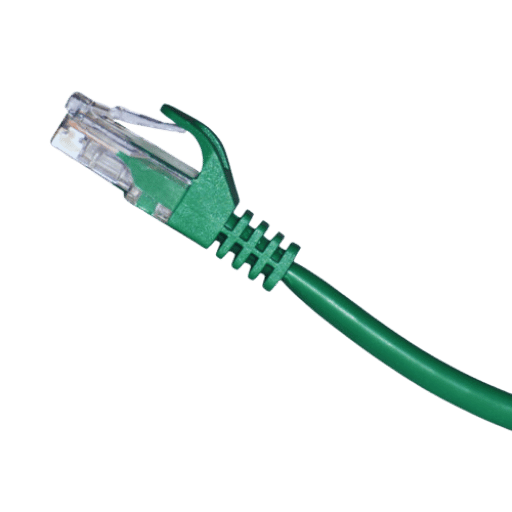
The use of shielding in Ethernet cables improves interconnection by reducing external interference like electromagnetic or radio frequency interference. In this way, data integrity and reliability are improved even in places with a high level of electronic activity. The shield performs its traditional protective function of ensuring quality of the signals in such a manner to keep the prescribed rates of data transmission.
Several shielded options are available for patch cables, each designed to meet specific requirements and enhance performance in environments with potential interference.
What’s more, the technical evaluations of these shielded options give strong evidence for distinguishing performance enhancement gains with respect to the particular kind used. For example, 10 Gbps S/FTP Cable supports up to 10Gbps data rate at fifty meters and supports data communication over long distances of up to 100 meters with effective shielding in high bandwidth networks. Ether STP and FTP cables could also be supporting up to 10G DBS transmission speeds, but these, as a rule, could be prone to interference if not properly installed. The choice of the specific shielded cable will depend on several considerations, especially the nature of the working environment and the data requirements for the network system.
Supported Yes, all shielded cable variants also accept RJ45 connectors. In this case, RJ45 connectors that are shielded need to be of the same type as the shield cable being used e.g. STP or S/FTP so that proper earthing is done and the cable is fully screened against electromagnetic interference . Adhering to the specification of the heads used with the cable also helps in maintaining performance characteristics of and imparts better signal quality for high-speed data networking capabilities.
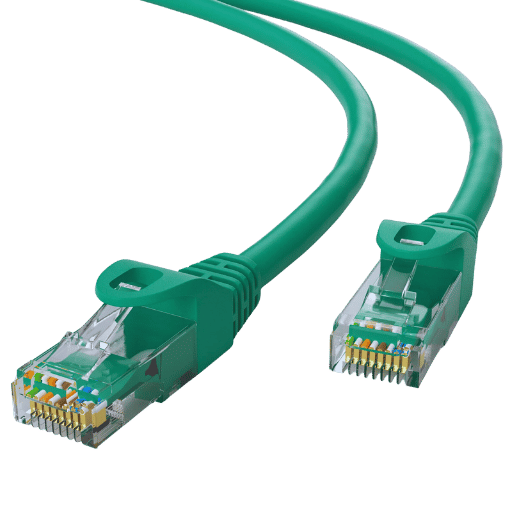
Indeed, a number of suppliers waive shipping fees if large quantities are ordered, and this is to the advantage of businesses and people who need huge amounts of cable and connectivity products. Usually, orders beyond a particular threshold value are free, even though this value differs from one supplier to another. For example, there are vendors who will provide free shipping on orders of more than $500, while there are others who would not provide a free typical purchase of $1000. On top of that, promotions can also offer rebates on other bulk orders, which increase that value even more. It is of essential importance to understand the shipping policy of various suppliers and try to investigate other issues whenever possible, such as time limits for delivery, areas serviced, or any other limitations that may apply. Such measures are possible by encouraging bulk order purchases so that business organizations can maximize the use of these offers in enhancing supply chain efficiency and possible reduction of costs that may be entailed in establishing the network necessary for the organizations’ operations.
Yes, Startech.com is an established source for ethernet patch cables. A manufacturer of connectivity products, Startech.com provides a number of cables which cognitively serve to different network standards and applications. Their products are subjected to industrial testing and have proven performance levels that last for a long time. Apart from this, there is good customer support and documentation at Startech, hence a good option for experts and companies who need reliable networks.
A: The term Green Ethernet Cable is also used for a network patch cable, generally with a green color or eco-friendly design. It is usually a Cat 6 cable that is used in lieu of more data transmission within a LAN network and helps connect network devices such as routers and modems.
A: As compared to the old categories of standard Ethernet cables like Cat 5e, Category 6 Or Cat 6 Ethernet cables have better data loss and can transmit information up to about 350 MHz. These cables are useful primarily in high capacity Lan networks and are commonly accompanied by patch panels and other devices. The higher performance is made possible by the internal wiring of the cable that typically employs 23 AWG conductor wires.
A: In contrast, the Cat6 Shielded Cable will feature additional shielding which is designed to minimize or even eliminate noise from any external electrical sources to ensure a stable connection. Such a situation occurs particularly well when there’s noise mainly electrical in nature. The shield also assists in protecting the data cable delivering consistent performance whilst the ethernet network cable is installed.
A: Yes, the Green Cat6 cables can be used in applications that facilitate use of the Power over Ethernet technology, where electrical power is transmitted along the network cables. This is advantageous in situations when using, for example, IP Cameras or wireless access point devices where it decreases the use of external power cords.
A: A Snagless Patch Cord is a type of Ethernet patch cable that has, among others, a special design, called snagless boot, that protects the RJ45 connectors on both sides of the cable from getting spun on other cables or devices. This helps to protect the cable and is especially useful for cables that are plugged and unplugged on a regular basis.
A: The Cat 6 cable often contain a tructure of bare copper wires to fathom as good conductivity and performance which can bere 23 or 24 AWG. These conductors come in handy in supporting high speed operation of the cable, which enables quick data transfer within LAN networks.
A: Good strain relief on the network cables, as an example cables having a snagless boot design enhances the protection against cable or connector damage. This reduces the incidence of cable failure while still maintaining proper functionality, especially in active and mobile installations.
A: There are various online and network equipment suppliers who sell Green Ethernet Cables on the net; usually, it is also possible to get free shipments. Such cables are likely to be bought during bulk purchases or promotional offers in such shops that deal with computers and networking supplies.